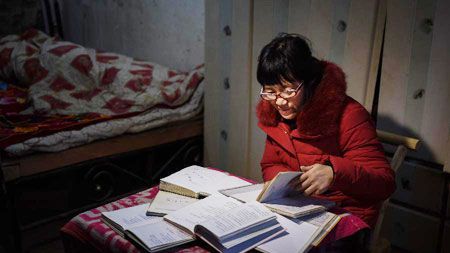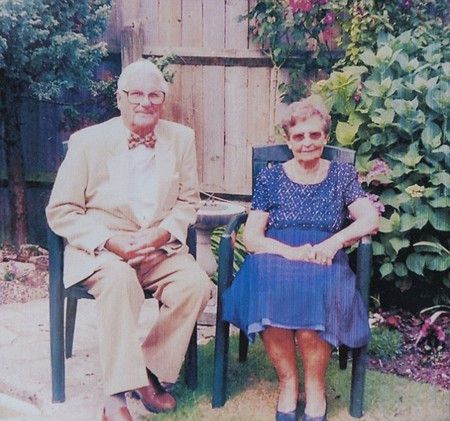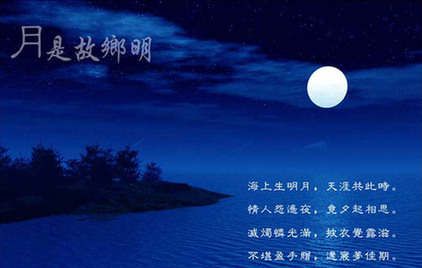世界上最精确的原子钟问世
|
A caesium(铯) fountain clock that keeps the United Kingdom's atomic time is now the most accurate long-term timekeeper in the world, according to a new evaluation of the clock that will be published in the October 2011 issue of the international scientific journal Metrologia(计量学) by a team of physicists at the National Physical Laboratory (NPL) in the United Kingdom and Penn State University in the United States. The clock is one of an elite group of caesium fountain clocks that have been built by the timing labs in Europe, the United States, and Japan as their national "primary frequency standard" for the measurement of time. These national standards are averaged to produce International Atomic Time and Universal Coordinated Time, which are used as time scales worldwide for such critical processes as global communications, satellite navigation and surveying, and time stamping for the computerized transactions of financial and stock markets. The methods used to improve the U.K. clock also can be used to evaluate the caesium fountain clocks of other countries, substantially improving the world's most accurate methods of keeping time. "The improvements that we report in our paper have reduced significantly the caesium fountain clock's two largest sources of measurement uncertainties -- Doppler shifts and the microwave-lensing frequency shift," said NPL Project Leader Krzysztof Szymaniec. Other authors of the paper are Ruoxin Li and Professor of Physics Kurt Gibble at Penn State. The physicists evaluated the recently upgraded caesium fountain clock with physical measurements at NPL and mathematical models developed at Penn State. "Kurt Gibble, at Penn State, made major contributions to the field of primary frequency standards by developing models for the systematic effects within caesium fountain clocks," Szymaniec said. "The uncertainties of those effects, now reduced several fold with the new models and numerical calculations provided by Gibble's group, have been verified at the National Physical Laboratory and also by the fountain clock group in Paris. Together with other improvements of the caesium fountain, these models and numerical calculations have improved the accuracy of the UK's caesium fountain clock , NPL-CsF2, by reducing the uncertainty to 2.3 × 10-16 -- the lowest value for any primary national standard so far." Scientists estimate the accuracy of a caesium fountain clock by evaluating the uncertainties of all the physical effects known to cause frequency shifts in the clock's operation, including atomic interactions with external fields, collisions between atoms, and the construction of the atomic clock's subsystems, such as its microwave cavity. The two largest sources of these measurement uncertainties are frequency shifts caused by the Doppler effect and microwave-lensing. "One of the improvements that our model contributed is an improved understanding of the extremely small Doppler shifts that occur in caesium fountain clocks," Gibble said. While the acoustic(声学的) Doppler shift of a car horn is well known in everyday lift, he explained that Doppler shifts for light are too small for people to notice. "If you are walking down the sidewalk while looking at a red traffic light, your eyes cannot perceive the small Doppler shifts resulting from your movement that shift the light toward the blue end of the spectrum," Gibble said. "This change in color is just 1/100 millionth of the difference between red and blue. In the NPL-CSF2 clock, our model now shows that these Doppler shifts are even 100 million times smaller than that." |








